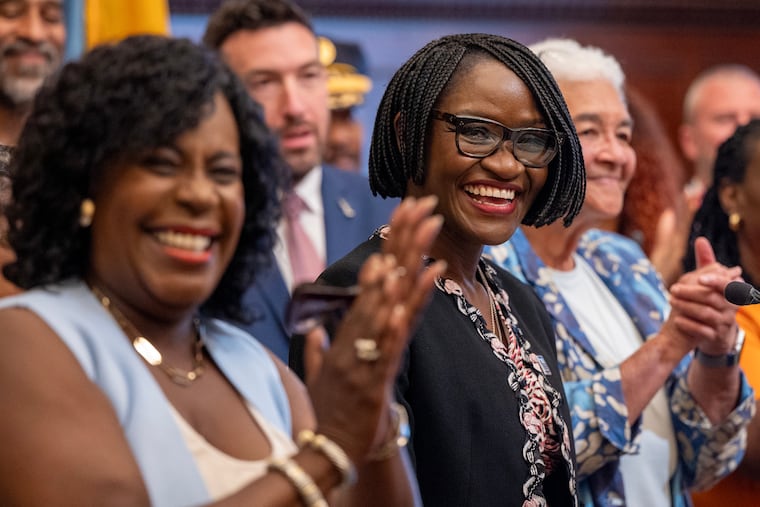New Initiative Aims to Increase Housing Availability for New Yorkers
New York City currently grapples with an ongoing affordable housing crisis, which has become a significant concern for its residents. A recent survey indicated that nearly half of voters view the city as “very unaffordable,” underscoring the severity of this issue. With only 7% of participants describing the housing market as “very affordable,” the demand for affordable homes is pressing, especially as many residents are leaving the state in search of more financially viable options.
The challenges of navigating New York’s housing landscape are compounded by outdated policies and bureaucratic hurdles. While initiatives like the “City of Yes for Housing Opportunity” represent progress, they are insufficient to meet the urgent demand for affordable housing. Currently, the rental vacancy rate in New York City has dipped to a historic low of 1.4%, necessitating immediate action to expand housing availability. Local authorities have set an ambitious target of constructing at least 500,000 homes by 2032.
To address this growing crisis, the Charter Revision Commission has proposed four significant measures—Questions 2 through 5—aimed at streamlining the development process for affordable housing. A central issue obstructing progress is the Uniform Land Use Review Procedure (ULURP), which, while intended to incorporate community feedback on zoning changes, often results in prolonged delays. Many housing projects remain in limbo for years, stymied by bureaucratic inefficiencies, contributing to a worsening housing situation.
The proposals to be voted on aim to expedite affordable housing development. For instance, Question 2 seeks to replace certain aspects of the ULURP with a faster review process for publicly financed affordable housing. Additionally, this measure aims to fast-track development in community districts that have historically produced minimal affordable housing, thereby addressing disparities across the city.
These imbalances are further exacerbated by the practice of “member deference” in City Council decisions, which typically favors local councilmembers’ stances on housing development. This has led to significant disparities in affordable housing production, with only a handful of districts contributing nearly 40% of new units, while many others produce little to none.
Furthermore, Question 4 proposes the establishment of an Affordable Housing Appeals Board, which would have the authority to reverse City Council decisions unfavorable to affordable housing projects. This change would enable more equitable development opportunities across diverse neighborhoods, allowing affordable housing developers to pursue projects that have historically been deemed too risky due to the uneven decision-making landscape.
In addition to Questions 2 and 4, Questions 3 and 5 also aim at facilitating housing development through expedited public reviews and modernizing the city’s planning resources. Collectively, these measures represent a comprehensive effort to reform New York City’s housing system and directly address the ongoing crisis.
As the city approaches a pivotal election, the potential impact of these ballot proposals cannot be understated. The urgency for affordable housing solutions is clear, and voter support for these measures could pave the way for a more equitable and accessible housing environment in New York City. Media News Source highlights the importance of community engagement and proactive policymaking in ensuring that the city’s housing challenges are met with effective solutions.







